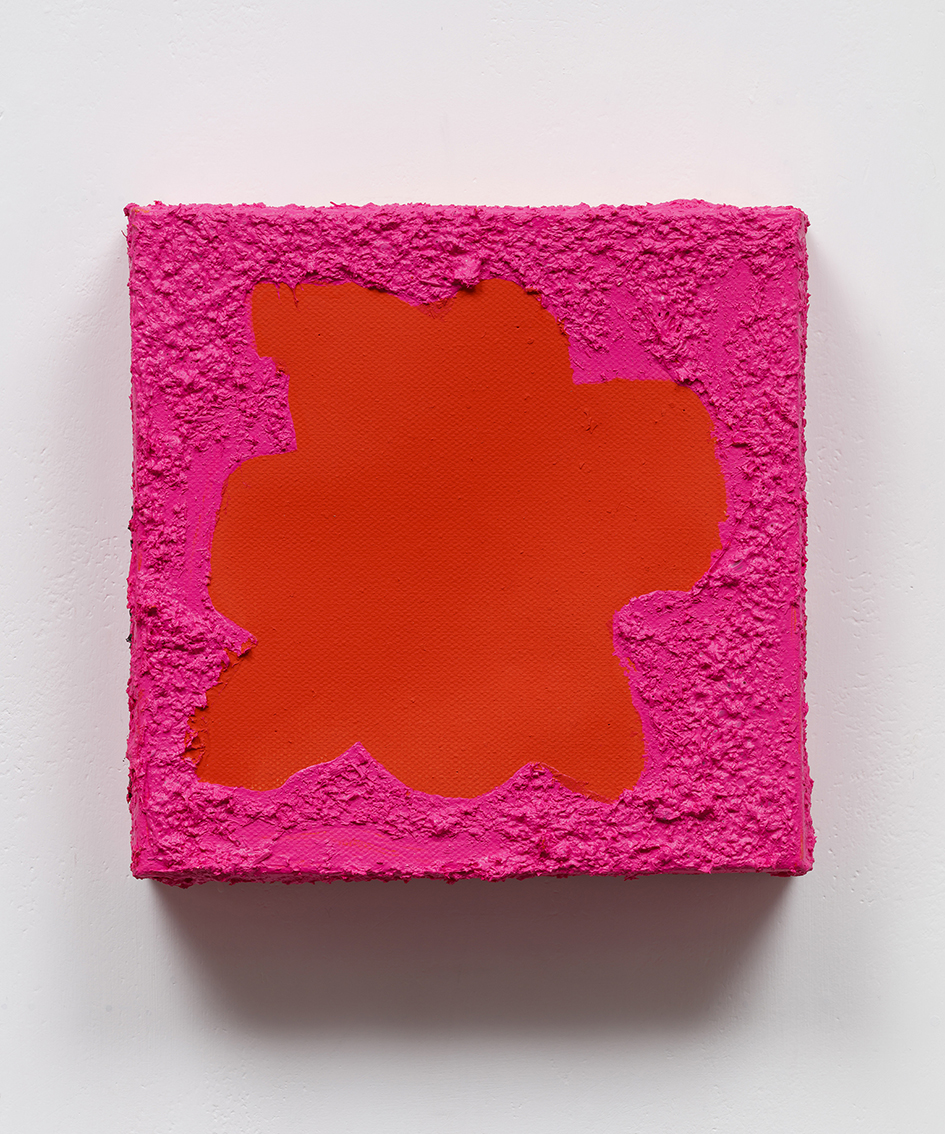|
●★ Lv Beethoven : String Quartet N.7 in F Op.59-1『RAZUMOVSKY』★●
Allegro Allegretto Vivace Adagio molto e Maestoso Allegro
((Plays by Hungarian String Quartet))
■ Beethoven : String Quartet N.7-9 Op.59 ■ 「R a s u m o v s k y」The three "Rasumovsky" (or "Razumovsky") string quartets, opus 59, are the quartets Ludwig van Beethoven wrote in 1806, as a result of a commission by the Russian ambassador in Vienna, Count Andreas Razumovsky:
They are the first three of what are usually known as the "Middle Period" string quartets, or simply the "Middle Quartets." The other two are opus 74 and opus 95. Many quartets record all five as a set. Beethoven uses a characteristically "Russian" theme in the first two quartets in honor of the prince who gave him the commission. In Op. 59 No. 1, the "Thème russe" is the principal theme of the last movement. In Op. 59 No. 2, the "Thème russe" is in the B section of the third movement, the scherzo, this theme being based on a Russian folk song which was also utilized by Modest Mussorgsky in his opera Boris Godunov and by Igor Stravinsky in his ballet The Firebird. In the quartet Op. 59 No. 3, there is no "Thème russe" explicitly named in the score, but many commentators have heard a "Russian" character in the subject of the Andantino movement. All three quartets were published as a set in 1808 in Vienna.
■ Hungarian Quartet(1935~1972) ■
The Hungarian String Quartet was a musical ensemble of world renown, particularly famous for its performances of quartets by Beethoven and Bartók. The quartet was founded in Budapest in 1935 (as the New Hungarian Quartet)[citation needed] and was disbanded in 1972. ● Members1st violin:
2nd violin:
Viola:
Cello:
● OriginsThe Quartet was originally brought together with Sándor Végh (a pupil of Jenő Hubay and Zoltán Kodály at Budapest Academy) as the first violin, but was set onto a balanced footing when the virtuoso violinist Zoltán Székely (graduate of the same Academy, as was Denes Koromzay (1913–2001)) was recruited in 1937. At that point Sándor Végh moved to the second violin desk, and in 1940 he left to found the Végh Quartet. He was then replaced by the Russian Alexandre Moszkowsky. The Quartet had made its debut in 1935, and met with swift success. Szekely was a friend of Béla Bartók's, and the group became rapidly known by giving the Hungarian première performance of the Bartok 5th Quartet, which it studied with the composer. By 1938, the group had been heard in every major city of Western Europe.
During the war they were trapped in Holland, and devoted the period to the intensive study of the Beethoven quartets, which were subsequently launched upon the world in the brilliant career which the group achieved after 1945. In 1950 they settled in the USA. In around 1956 the cello, and around 1960 the second violin desk, was reassigned, and in this new form the Quartet continued to maintain its busy programme of performance until 1972, while also undertaking teaching positions and the coaching of younger instrumentalists. In 1957, the newly configured Quartet performed in Boston for the Peabody Mason Concert series.[1]
In the 1966 issue recordings of the Beethoven cycle, it is stated that Székely plays the 'Michelangelo' Stradivarius (1718), Kuttner plays the 'Santa Theresa' Petrus Guarnerius (1704), Koromzay plays a 1766 instrument by M. Decanet, and Magyar has a cello by Alessandro Gagliano of 1706.
This is actually the second of three Hungarian Quartets. The original Hungarian Quartet, also known as the Waldbauer-Kerpely Quartet, gave its first concert in 1910 playing Bartok and Kodaly. The other members were Temesvary and Molnar. A later occupant of the viola chair was Kornstein who wrote an account of how the group practised for performance.
● References
● Recordings
There are two complete cycles of the Beethoven quartets, both recorded in Paris:
| |
'Lecture Concert' 카테고리의 다른 글
| 하이든 교향곡 <고별> (0) | 2015.07.13 |
|---|---|
| 베토벤 - 트리플 콘첼토 (0) | 2015.07.13 |
| 슈베르트 - 린덴바움~ (0) | 2015.07.13 |
| 토렐리 (0) | 2015.07.13 |
| 클라라 하스킬~ (0) | 2015.07.13 |
